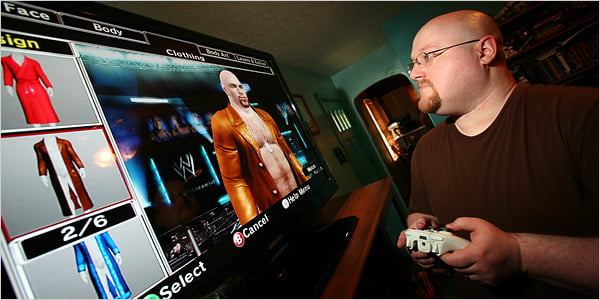Simone Manuel and Caeleb Dressel set medal records at international swimming championships
Share

Simone Manuel finished a sweep of the 50m and 100m freestyles at the sector swimming championships on Sunday night, the first American woman to gain the feat. Manuel raced one length of the pool in 24.05 seconds to earn her third gold and 5th medal on the opposition’s ultimate night. She held off Sarah Sjostrom of Sweden, who took silver in 24.07sec, and Australian Cate Campbell, who earned bronze in 24.11sec. In the 100m unfastened, Manuel crowned Campbell, and Sjostrom finished third. Manuel’s different medals were in relays: gold in the mixed 4x100m lost and silvers within the 4x100m unfastened and 4x200m free.
Elsewhere, Manuel’s teammate Caeleb Dressel has become the first to win eight medals at a single swimming global championship. He helped the USA to silver in the 4x100m medley relay, which was gained via Great Britain. Dressel’s golds came in the 50m and 100m unfastened, 50m and 100m butterfly, mixed 4x100m loose and 4x100m unfastened relay. His other silver was inside the blended 4x100m medley relay.
Lilly King received the 50m breaststroke, giving the American two victories over Russian rival Yuliya Efimova. They have been denied a third meeting while King was disqualified from the heats of the 200m breaststroke for not putting her fingers at the wall simultaneously in turn. King touched in 29.84sec, the handiest swimmer beneath 30 seconds within the very last. A 14-year-old vintage Italian, Benedetta Pilato, earned a marvel silver in 30 seconds and turned into tears after her medal. “I didn’t recognize if it became happy or unhappy tears,” King said. “She’s 14, it doesn’t certainly rely on what sort of tears they had been, but I became like, ‘It’s OK, you did great.”‘ I learned to swim in a lake where my family lived in northern Wisconsin.
My siblings and I trained for summer workouts in open water since the nearest pool was a thirty-minute drive, and our backyard was more convenient. Due to this immersion, it did not seem strange when I competed in my late twenties in my first open water race in Seal Beach, California. Open-water swimming has been a never-ending adventure. Some of my favorite memories are from swims, leaving from Catalina Island for the California mainland at 1 am on a windless moonlight night, watching the phosphorescence glow as my arm pulled through the water and fish darted below, swimming in tandem with my husband,
Dave silhouetted against the beautiful blue Caribbean water off the coast of St. Lucia. Other memories include the sense of fear before beginning a 42-kilometer race in Newport, Vermont, which heads north up Lake Memphremagog towards Canada, and a ‘foggy’ memory (due to mild hypothermia) of finishing in Calais, France, after crossing the English Channel. There was also the exhilaration of conquering tough cold conditions or large waves and chopping, swimming, and finishing races despite Mother Nature’s indifference to my plight.
Freedom and challenge are swimming in open water, which can’t be experienced in the pool. Are you ready?
How to begin? OK, swimming in open water is your goal; where do you start? I will assume that you already know how to swim. If not, take some lessons, join a YMCA or a master’s swimming team, and learn the crawl stroke/freestyle. There are a few things that you can do in the pool to prepare for swimming in open water: bilateral breathing, head lifting, and stroke rate training.
First, breathing on both sides or bilateral breathing is a must. (I can hear the groans!!!) Let’s see if you are physically capable. Stand up and twist the upper half of your body to the right and then to the left. Then, turn your head to the right and left. SHAZAM!!! You can learn to breathe on both sides. Why is this necessary? Imagine or perform the following experiment. Find an open space about 400 yards long. Select a target and try to walk straight towards it. Close your eyes and turn your head, looking to the right every two steps.
Sneak a look forward every ten steps. Vision in the water will be even more restricted than this because you may or may not be able to see forward depending upon wave conditions, fog in your goggles, or glare from the sun reflecting off the water. This also assumes strict concentration upon straight-line swimming—not imagining that shadows are sharks and weeds are snakes, improving with practice.














